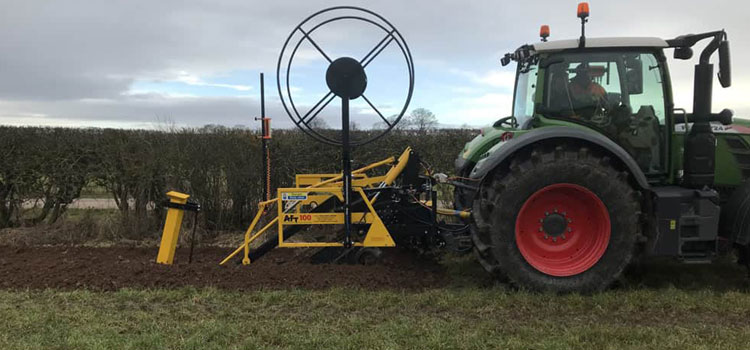The Why’s and The Wherefore’s

There are no two ways about it, agricultural drainage systems as essential in today’s farming industry, never mind today . . . agricultural drainage ditches and irrigation systems have been used for centuries to remove the water from where there’s too much of it to areas of agricultural land where there isn’t enough of it . . . hundreds of years.
Farmland needs to have just the right amount of water for optimum production which includes growing crops and livestock grazing – water logged fields can leave livestock up to their ears in mud which can cause lots of problems for them if they are standing in wet mud all day, and lots of problems for the land which can quickly become nothing short of a mud bath and will never recover and certainly not produce adequate grazing for the livestock. Inadequate agricultural drainage when growing crops can result in poor yields, poor quality yields and really can spell financial disaster for farmers and agricultural institutions.
Ensuring that an adequate agricultural drainage system is in place will make sure that excess water can be quickly removed and drained away after periods of particularly heavy rain thus significantly limiting any negative impact or damage to land or crops.
One of the most popular types of agricultural drainage is surface drainage which involves digging a series of trenches designed to divert the flow of water away from vulnerable areas of land reducing the risk of it becoming waterlogged. This is the easiest and cheapest form of agricultural drainage system which is employed in thousands of farms across the world – drainage ditches are relatively easy to install and maintain.
One word of warning when digging this type of agricultural drainage ditch – if they are too wide they can be a hazard for heavy farm machinery – make sure that they are narrow enough to be crossed safely.
